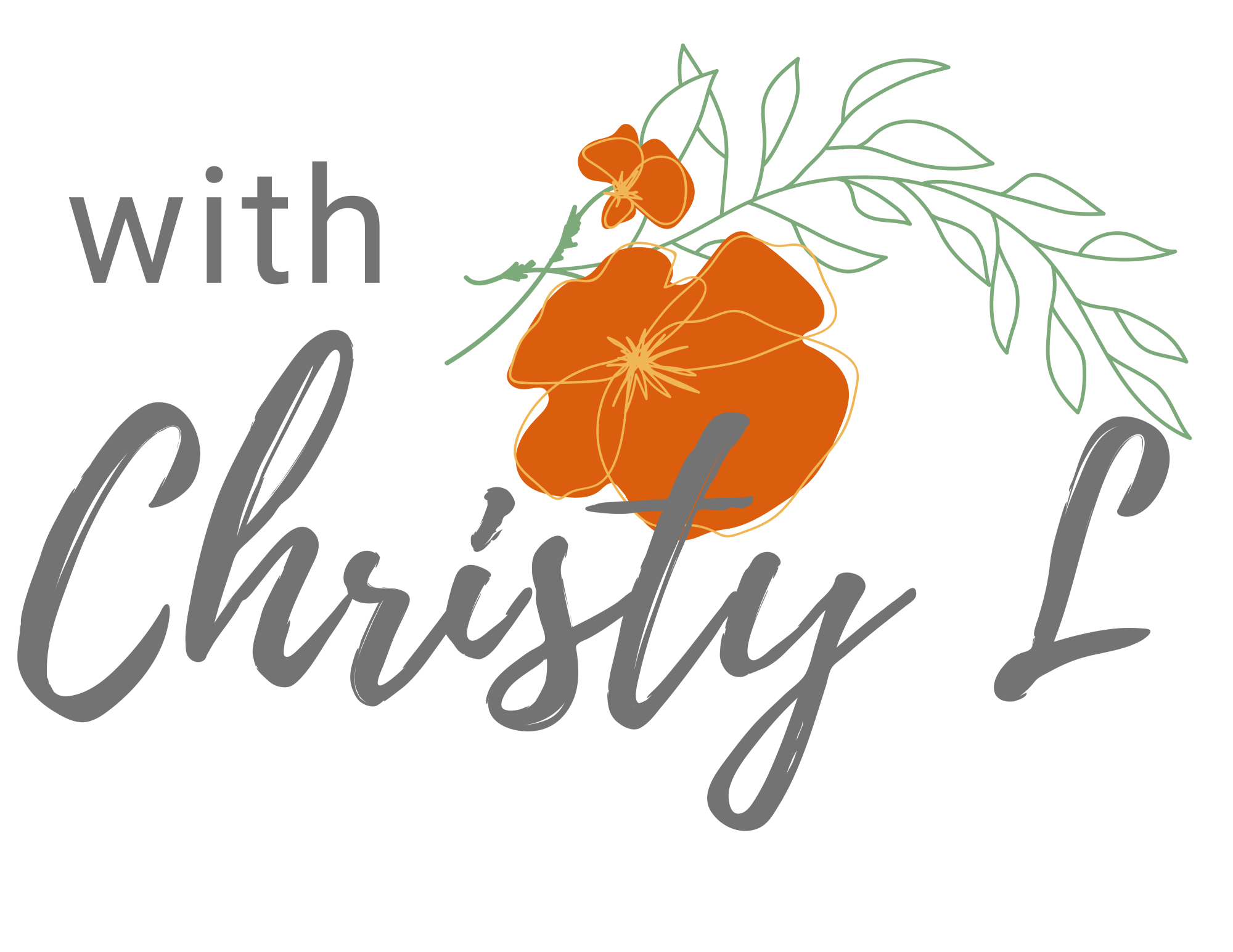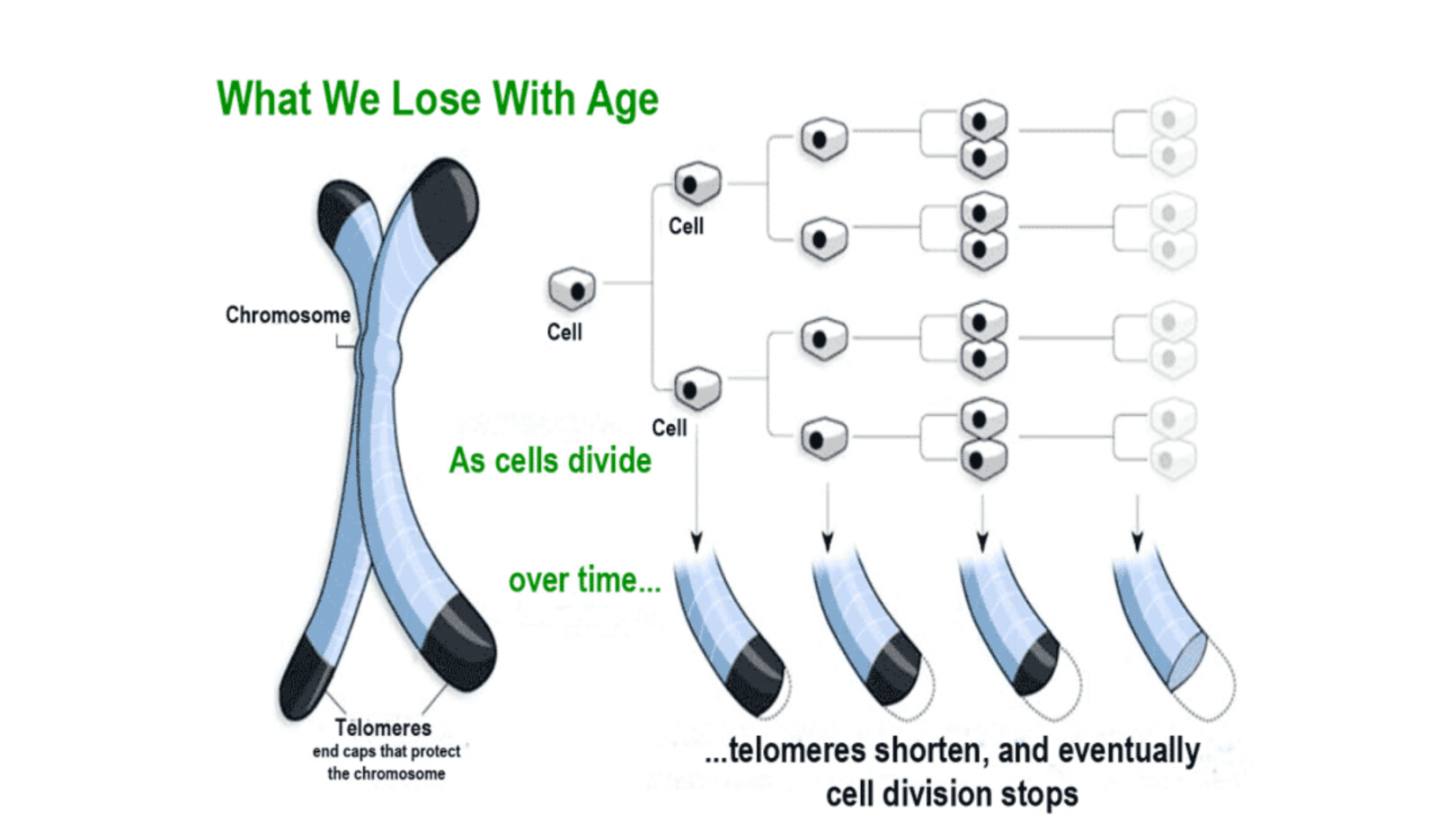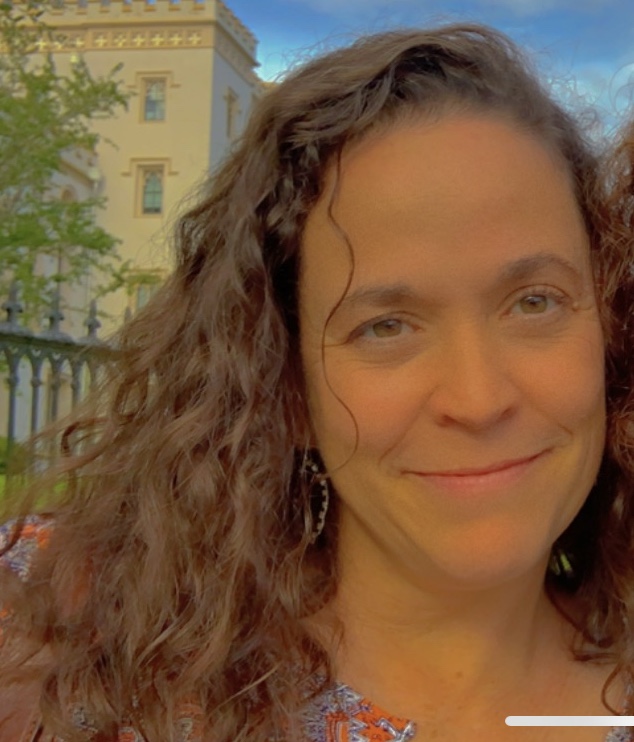- Learn breathing techniques to open sinuses, lessen mouth breathing, and calm your anxiety.
- Reduce inflammatory foods and drinks. Start with eliminating high-fat and fried foods, alcohol, and all dairy.
- In the beginning, eliminate acidic foods like coffee, pineapples, and tomatoes, especially if you suffer from reflux.
- Fast, starting with intermittent fasting and working up to water fasts for one to 5 days. If on medications, talk with your doctor first. Water fasts are for a once-in-a-great-while RESET of your gut, not a long-term necessity.
- Introduce or increase high nutrient foods and drinks in easier-to-process ways. Drink smoothies and juices. Cook veggies and blend them into soups. Add microgreens or microgreen powders to your foods.
- Slowly add higher-fiber foods back into your diet.
- Grow fennel, peppermint, spearmint, and use those essential oils internally and topically. Drink teas with those herbs.
- Take enzymes and eat enzyme-rich foods to reduce bloating and assist digestion.
- Take prebiotics and Probiotics to repopulate and improve the good gut flora.
- Eat Mushrooms and mushroom tinctures.
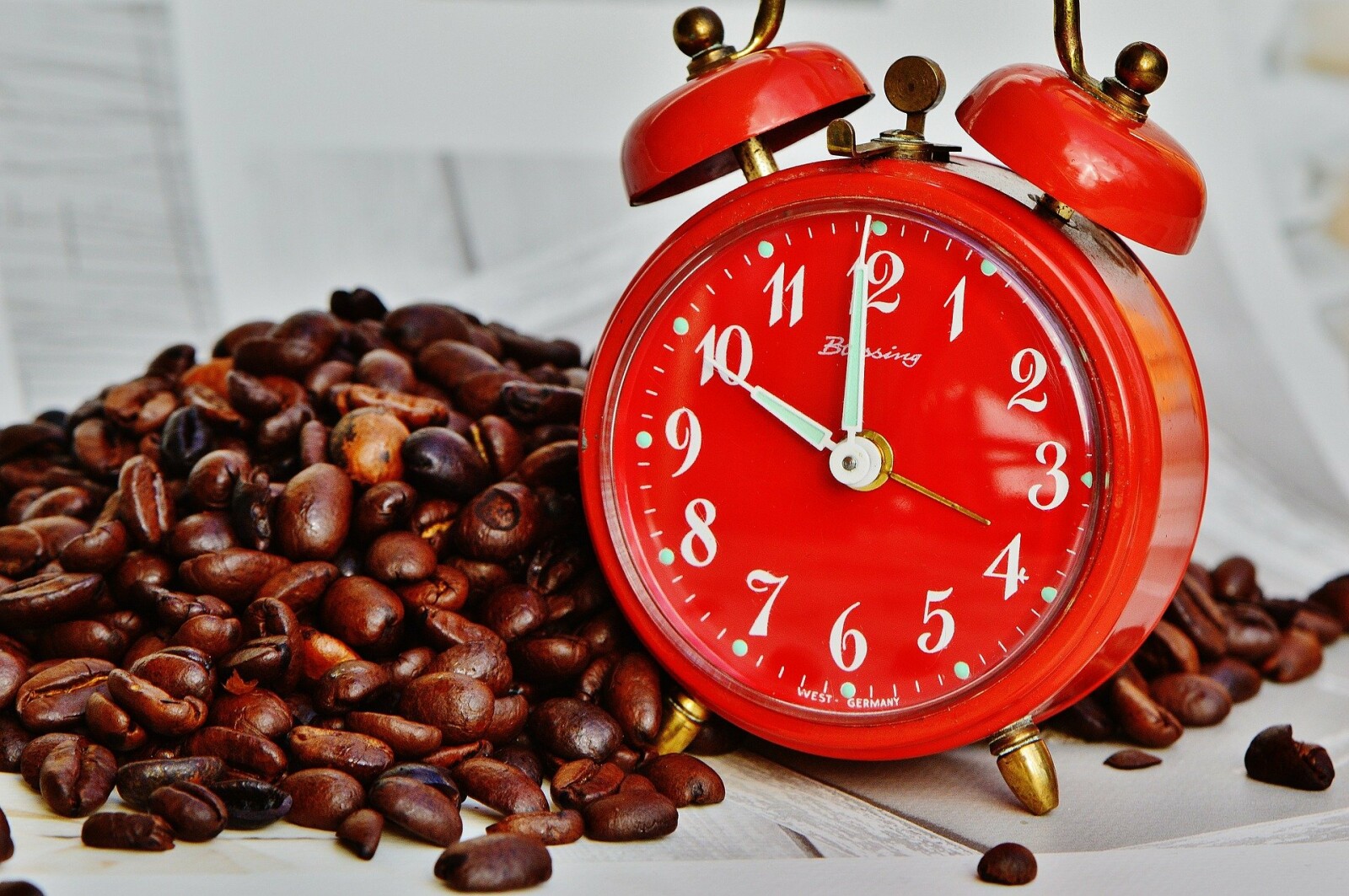
"Fasting is the greatest remedy--the physician within." Paracelsus (1493-1541)
- The MOST popular is the 16/8 method: Also called the Leangains protocol, it involves skipping breakfast and restricting your daily eating period to 8 hours, such as 1–9 p.m. Then you fast for 16 hours in between. Or the 7-11 Where you fast from 7PM to 11AM. This method seems the simplest and easiest to stick with.
- The 5-2 plan: This may be easier to ease into I.F. if your schedule looks different most days. For 5 days, you eat normally, but 2 non-consecutive days you would eat 1/4 of your normal calories. For example, if you should eat 2,000 calories on a normal day, only have 500 calories on your "fasting" days.
- Eat-Stop-Eat: This involves fasting for 24 hours, once or twice a week, for example by not eating from dinner one day until dinner the next day.
- OMAD: One meal a day. You have even more time in your day with this one! You need to be very mindful of nutrition to get all your body's needs in one meal.



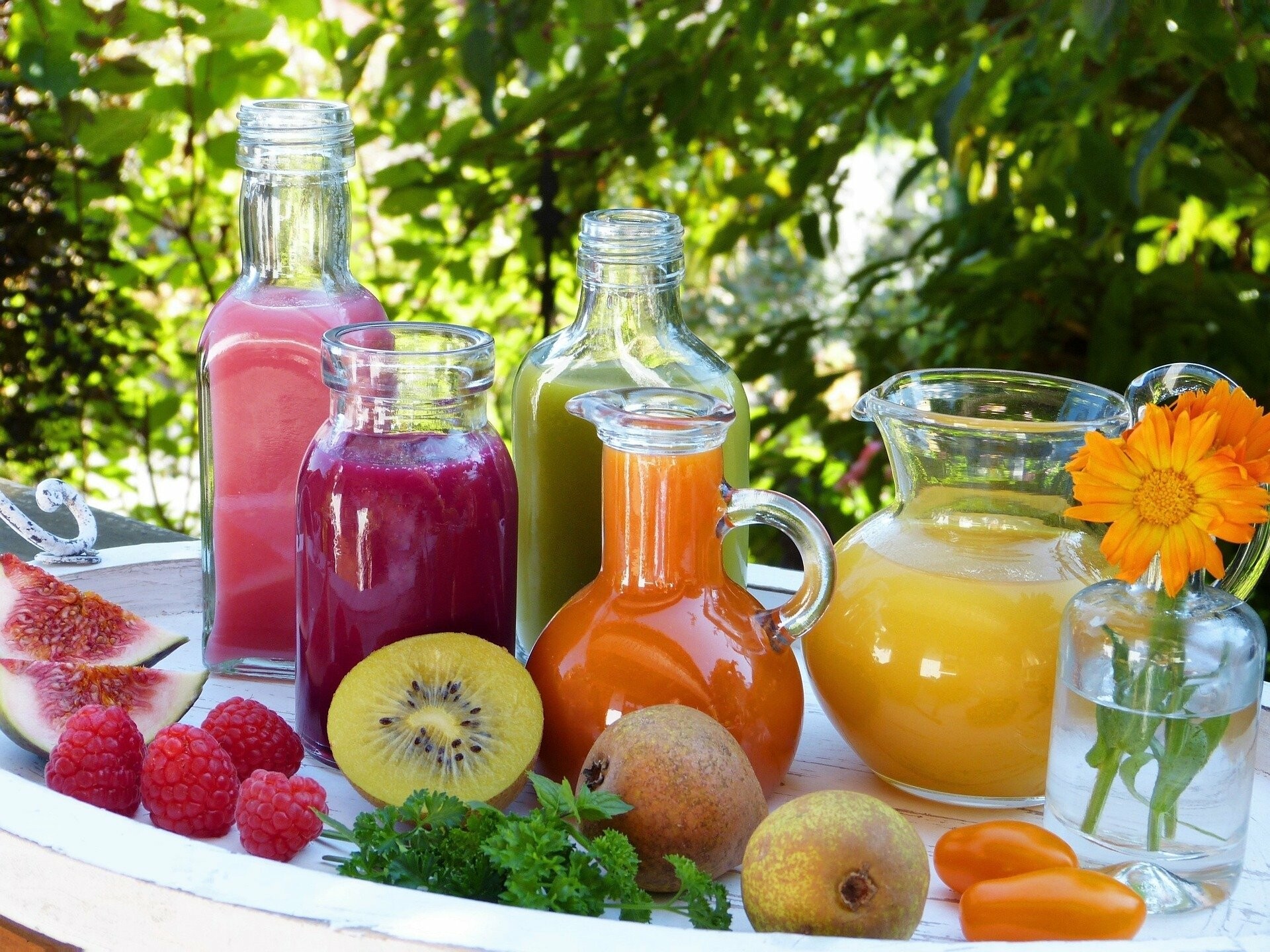

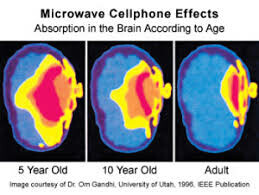

- Use headphones with wires instead of putting your phone to your head or using Bluetooth.
- Keep your phone on airplane mode as much as possible.
- Choose a healthy diet and lifestyle with supplements like Ginko Biloba and essential oils.
- Keep 10 feet away from devices, especially when sleeping.
- Don’t keep your phone on your person (like in your pocket or bra) and -easy button- use one of these stickers.
- Use EMF blocking devices or pendants - see links below. Smart Meter EMF BLOCKER *
- Use grounding or earthing mats and tech - see the following information:
“Earthing connects us to Nature and Nature is the ultimate source of health and healing."—JOHN GRAY, PH.D

Changing Leaves Diffuser Blend

